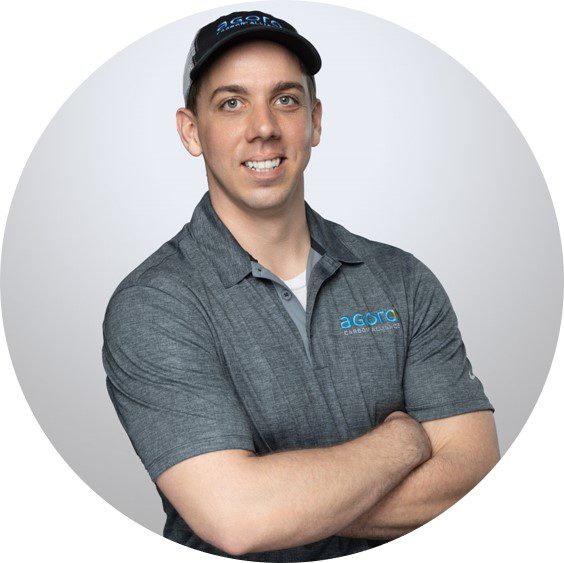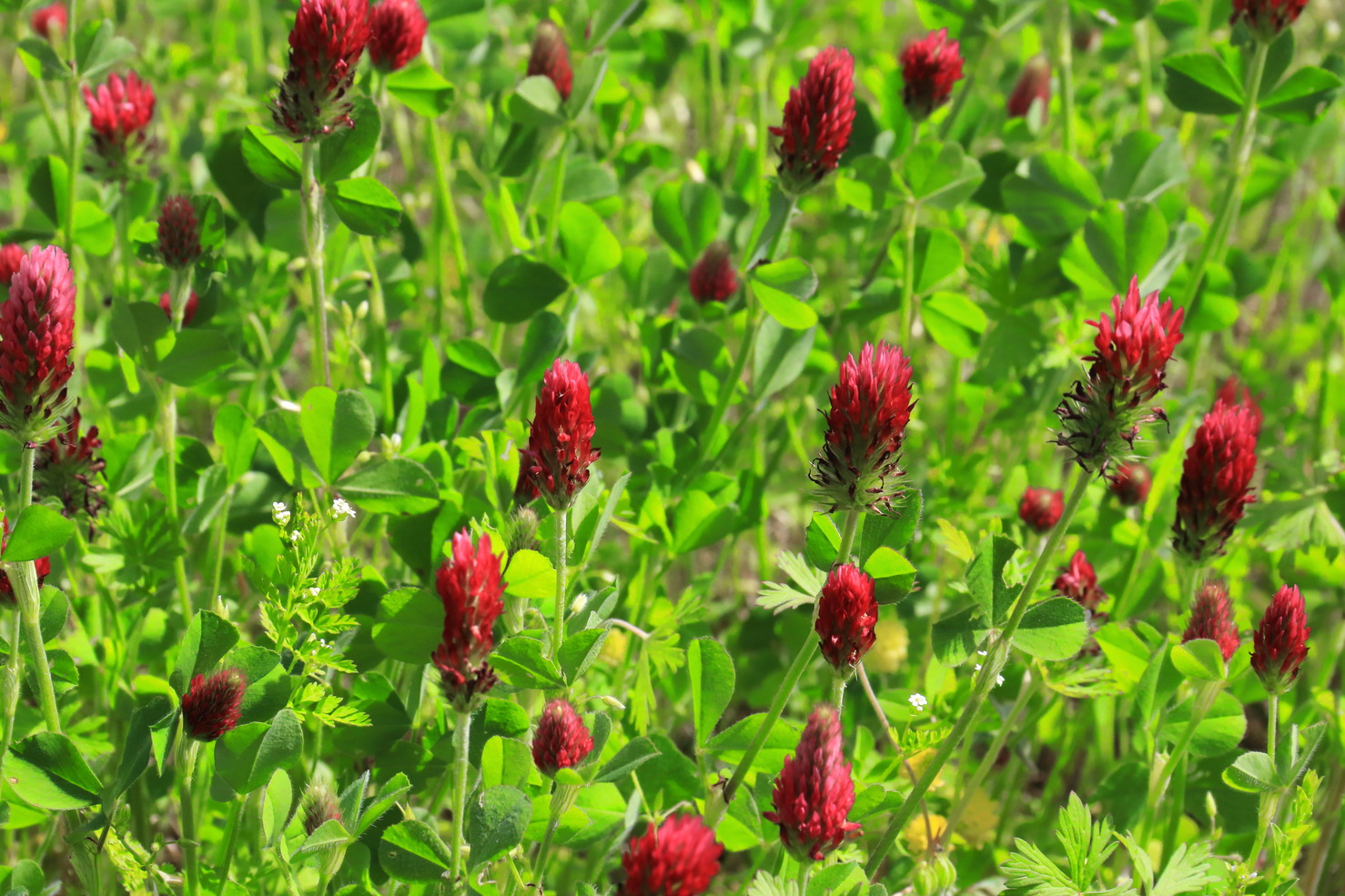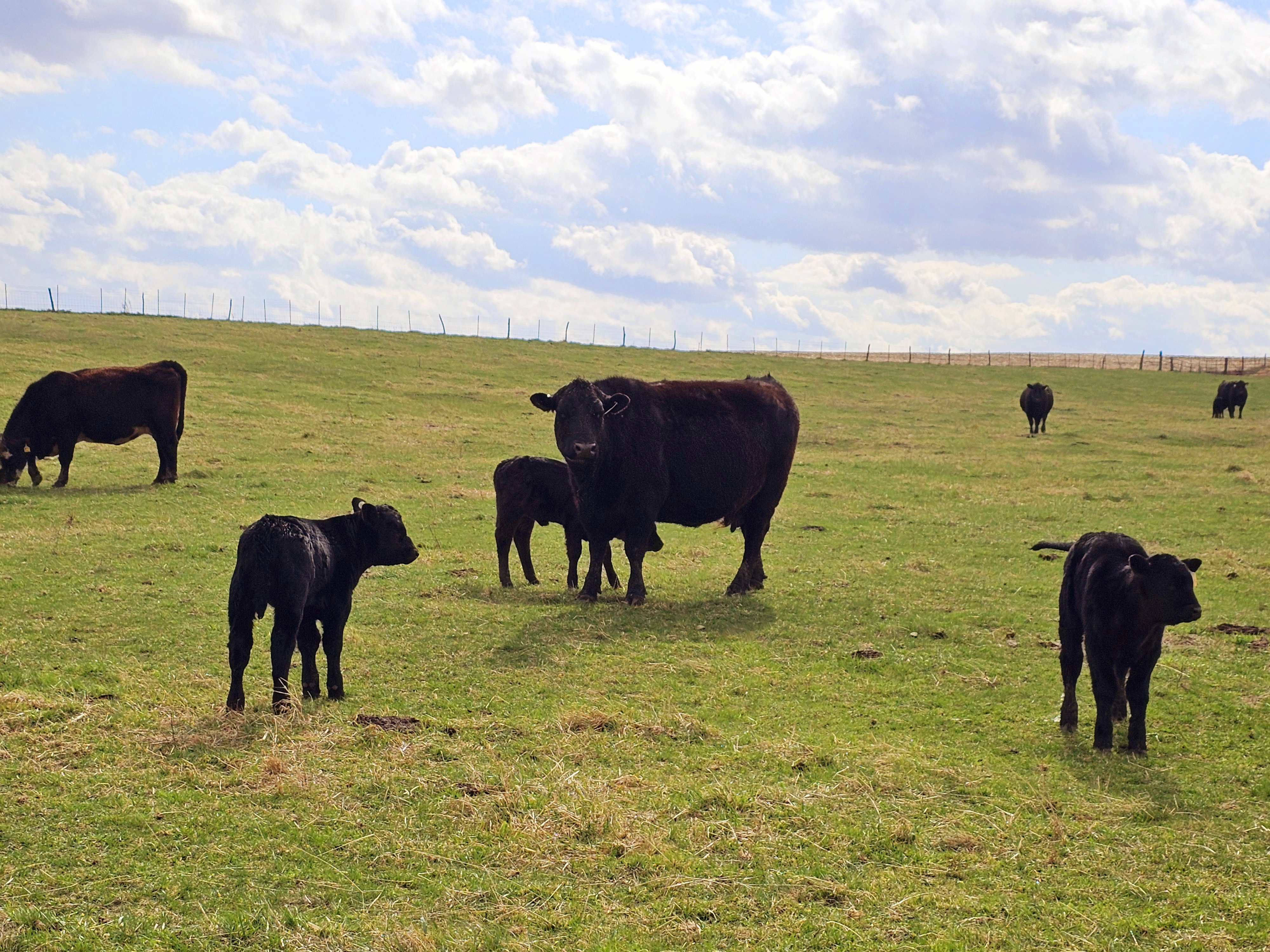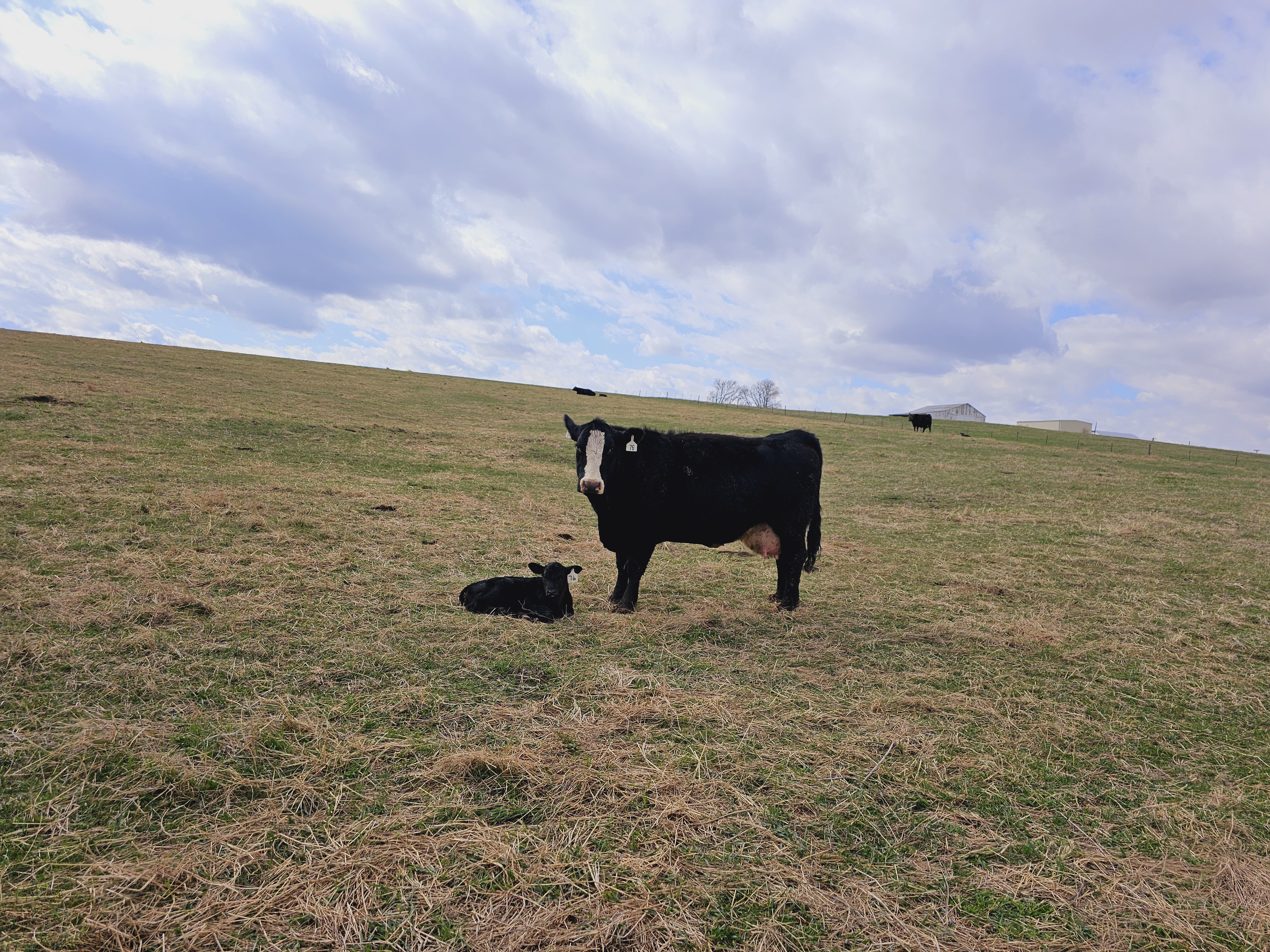Some of the commonly asked questions we hear from farmers are, “what happens after I sign a carbon contract?” “What’s next? Will I be supported throughout this process?” Our Illinois based agronomist shares the next steps with the Agoro Carbon Alliance that farmers can expect:
What happens after signing up? What data do farmers need to provide?
- After signing the contract, we collect a 3-year historical data summary.
- For row crops, this includes information on tillage, planting, harvest, chemical and fertilizer applications, and irrigation. Much of this information is required by our registry not to be nosy or invasive, but to ensure their parameters are met. Things like yield data is needed for them to ensure that our carbon program is not drastically reducing yields, causing a food shortage. Chemical applications are looked at just to ensure that we aren’t creating a drastic uptick in chemical usage by implementing these practices.
Who will be the contact person? Can I expect regular contact/farm visits? What do these entail?
- After signing, an agronomist local to your state/region will be your go-to contact with Agoro Carbon. You’ll know our names, faces and never feel alone in the process. All of our team is well versed in transitioning to these conservation farming practices, and are more than prepared to field questions or help with any challenges a farmer may face.
- In addition to our ongoing support, if welcomed, we like to conduct quarterly in-person touch bases, including some farm visits, to keep our boots on the ground and help our growers should-to-shoulder measure their success and address any concerns or challenges they may face, and investigate solutions to these.
When will I be paid?
- The grower can elect when they want to be paid!
- Our contract offers some flexibility here. Growers can elect to receive annual payments in conjunction with ‘issuance payments’, which are made after carbon credit verification (in years 5 and 10). Or they can choose to only receive these issuance payments in a ‘jackpot’ where you’ll receive the full payment in years 5 and 10 only.
- If annual payments are chosen, the grower can pick which quarter they want to be paid. If annual payments are taken, the amount received is subtracted from the first issuance payment.
Tell us about the soil sampling methods and process? How often/where/why/what is being measured?
- After signing up, we will schedule soil sampling to establish the farm’s baseline for as soon as the crop will be off the field, or we can get across the field without damaging crops. Once these initial samples are taken and the baseline carbon content of the soil is determined, we will follow up in years 5 and 10 of the contract.
- There has been quite a bit of research done into remote sensing, which would allow us to measure added soil carbon without physically pulling cores from the ground, but at this time the bulk density and soil organic carbon samples we pull give the most accurate results.
What are some of the most common questions that you hear from farmers after beginning the process, switching from conventional to conservation farming practices?
- In my geography (central corn belt) the biggest concerns are weed control, nitrogen management. There is a perceived ‘yield drag’ when adopting no-till in the first 3 years or so, which often is not the case in recent years. As far as weed control goes, timely applications of burndown herbicide replace utilizing tillage as a weed control pass, oftentimes providing better control than any tillage pass would. In addition to this better control, its much more efficient, as the fuel, manpower, and machinery wear running a sizable sprayer pales in comparison to lugging a heavy tillage implement with a high horsepower tractor. In regards to the perceived yield drag, much of this can be eliminated with crop rotation.
- Soybeans respond very well to no-till, even in high crop residue situations- often with no measurable differences in yield vs those planted into heavily worked ground. No tilling corn into soybean stubble can be done relatively easily, but a little more care needs to be taken, mostly in the planter pass. Growers need to ensure proper down pressure, row cleaners, and closing wheel setups are implemented.
- No-till corn on corn, although not impossible to have great success with, does take more effort to ensure success. Robust seed treatments and early season foliar fungicides/insecticides should be considered to keep disease and insects that overwinter in last years corn residue at bay.
- Early season nitrogen is also a key concern, as the extra residue can throw off the C:N ratio, tying up what would be plant available nitrogen. Banded starter fertilizers, whether they be in furrow, to the side of the furrow, or dribbled off the back of the planter on the surface near the furrow are all viable options. Anything to get a concentrated band of early season nitrogen closer to those young corn roots without causing burn will help with this hurdle.
- Its also important to keep in mind that with these programs, although no-till with cover crops would be the ‘ultimate goal’, its not required. There are varying levels of reduced tillage that are very manageable for most farms with little change to their current practices. Things like switching from a fall ripper and spring finisher to vertical till, or strip till have been very popular.
If you are interested in learning more, check out our podcast, where two Midwestern based agronomists discuss these topics in more detail.



